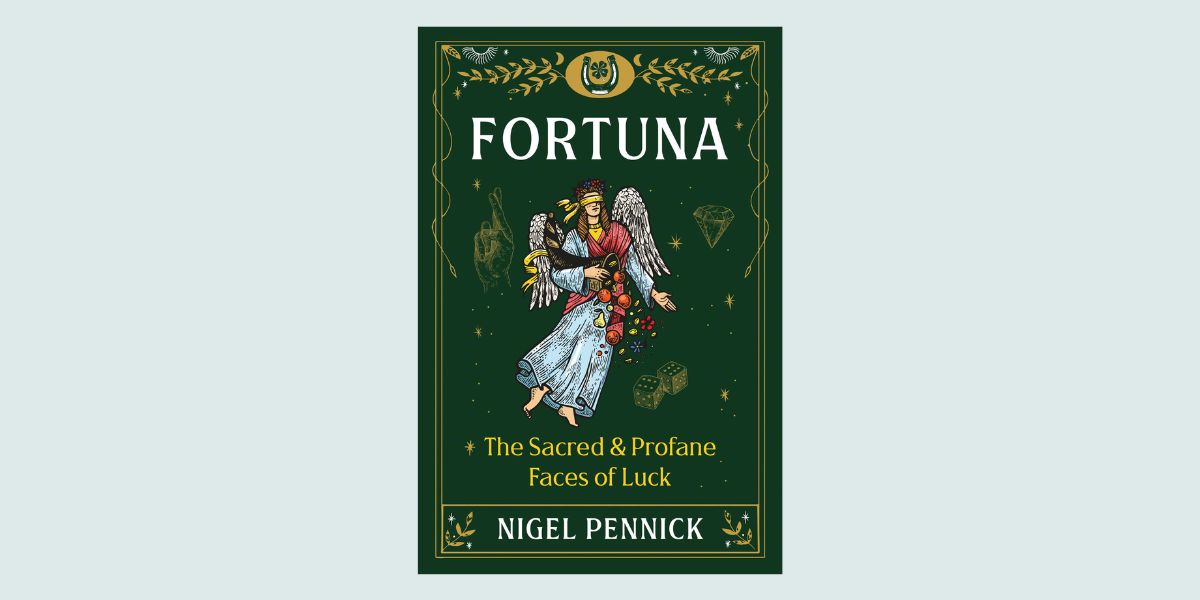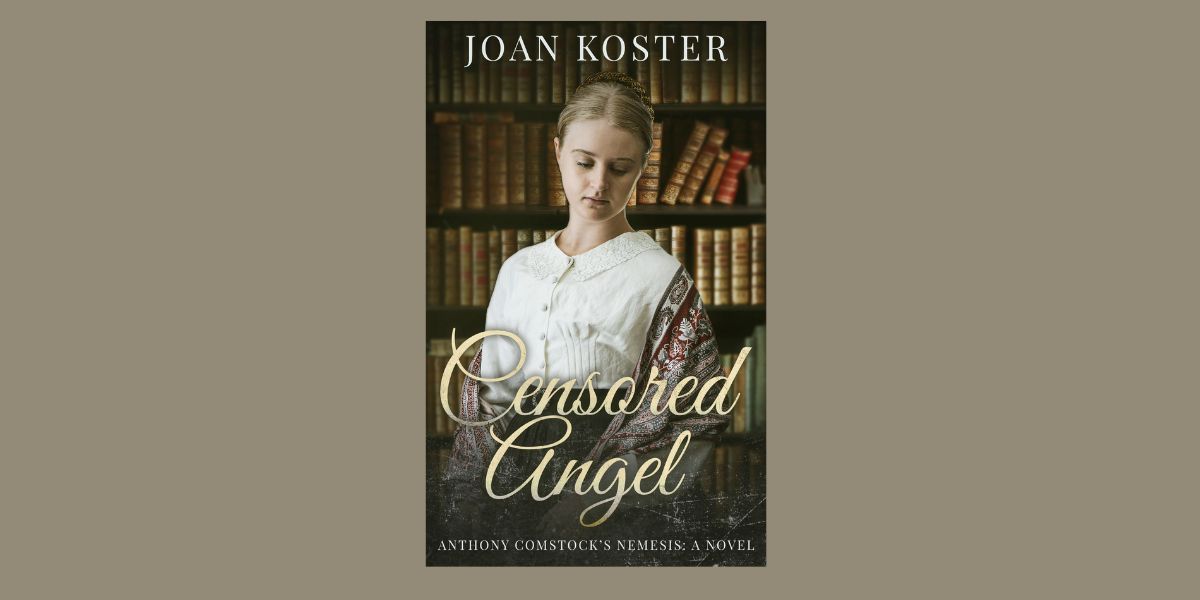
Walking with the Seasons: The Wonder of Being in Step with Nature, by Alice Peck
CICO Books, 9781800652958, 128 pages, February 2024
Now that spring is here, I was really interested in learning more about how to get in tune with the cycles of nature. In her book Walking with the Seasons, Alice Peck provides lots of activities and suggestions for getting out in nature. As I flipped through the book and saw the beautiful photographs and different practices that she shares, I was excited to learn more!
Peck is a writer and editor, having written more than six books on herbs, trees, and meditation, including Tree Wisdom. She has also edited numerous books on various metaphysical and meditation topics. She lives with her husband in Brooklyn, New York, and photos of New York City figure prominently in this work. You may follow her on Instagram @BeMoreTree.
What I love most about Walking with the Seasons is the structure, which makes it easy to navigate. It’s like a calendar to a year of walking. She starts the book in the Spring, which is the beginning of the astrological New Year and devotes a chapter to each season. The Table of Contents shares the nuggets in each chapter, making it easy to retrace your steps and find the practices or activities that you might want to enjoy later.
I decided to jump right into the chapter on Spring–both the verbiage and the photos had me craving more of the green in nature that is starting to bud and bloom in my area. Peck reminds us that we don’t have to find anything special in nature to benefit from a walk:
“A green space doesn’t have to be a forest or a hiking trail. Seek out the unexpected–even in cities you can find “secret” green spaces like church yards, botanic gardens, or areas near train stations.”1
Did you know that walking in nature for about an hour and a half can lessen depression, stress, and anxiety, as well as quieting negative mind chatter? She goes on to share that a research team from Stanford University confirmed this, as well as stating that spending the same amount of time in areas with concrete and traffic had no impact on depression.2
For one of the exercises in this chapter, Peck invites the reader to walk outdoors for at least 15 minutes a day “in the greenest place you have access to.”3 Do this every day for a week and monitor the changes in your mood.
She also includes what she calls a “Joyful Walking Meditation” and the value of walking with your dog. I particularly enjoyed how she shared the “5 ways of liberation” from the Buddhist path and how dogs embody these qualities: perfect faith, energy or persistence, mindfulness or memory, stillness or concentration, and wisdom. She invites us to “walk with your dog, just as you walk with the seasons.”4
Peck weaves beautiful quotes from thought leaders, athletes, and other dignitaries into the prose and photos, such as this one on trees:
“Trees are literally greater than ourselves … trees connect us directly to the life of more than human nature. -Rupert Sheldrake, Science and Spiritual Practices”5
Eager to learn more about walking in nature, I turned to the next chapter on Summer. Here I was treated to beautiful photos of beaches, rivers, lakes and ponds, in addition to hiking trails and mountain vistas. The practice that caught my eye utilized the concept of “nowscape.”
“Everything then unfolds, unfolds now and so might be said to unfold in the nowscape. Psychologist Jon Kabat-Zinn incorporates the nowscape into a practice he teaches called choiceless awareness or the state of unpremeditated, complete presence without preference, judgment, effort, or compulsion. We can apply this understanding of the nowscape to walking with the seasons. As you wander do not just be with the place you are walking –be the walk itself…. Abide fully in the nowscape.”6
In the chapter on Autumn, I found what may be my favorite story or passage, which was one on grief. A woman had lost her lover and best friend of 18 years. She was encouraged to go on a hike in the Catskills with a group of people and a grief doula. She shared this about her experience:
“The biggest tragedy of my life had led me to one of the most beautiful days I’d ever experienced. It felt healing, it felt like something positive. Gave me the strength to go on. The forest and the mountains welcome you; they hear you and if you let them in, they can help to heal you, too. – Danielle Davis”7
I was so encouraged by this story and the healing power of nature that I plan to add the suggestion of this practice to my grief work with clients. In fact, this book contains many helpful and healing exercises that I plan to incorporate in my coaching practice.
I love great bibliographies and Peck does not disappoint! She includes four full pages of her reference material for everything from “How much sunshine do I need for enough Vitamin D?” to “Inside of a Dog: What Dogs See, Smell and Know.”8 She follows the bibliography with a two-page index, which further helps the reader to find information, such as a passage on calorie burning, forest bathing or wishing stones.
She also includes photo credits for all of the beautiful images in the book. I love the flaps she included in this paperback version. The flaps make it easy to mark your place, as you read the prose or peruse the beautiful photos. The book is a nice size to tuck into a handbag or backpack and I can see myself keeping it in the car to re-read while waiting for my granddaughter to get out of school. Here’s another one of my favorite passages, where she talks about the meaning of walking a labyrinth:
“The labyrinth is a metaphor for the journey of life… a path of self-discovery, a journey into the center of our own hearts. – John Mitchell, Sacred England”
Walking with the Seasons would be enjoyed by just about everyone. I can see someone who is new to meditation benefiting from the practices and tips, as well as a more seasoned meditator. I can also envision someone who is a gardener or hiker or birdwatcher picking up this book. By utilizing the tips and practices, this person may add another layer to their enjoyment of the great outdoors.

PJ Spur is an author, intuitive, spiritual mentor, astrologer, and hypnotist. She does tarot & oracle card readings, natal chart readings, grief coaching, and relationship healing. She also has hosted a weekly “Coffee & Cards” event with her Soul Compass Community for the past four years. Her book Navigating Grief with Grace is available on Amazon. Learn more at www.dearpj.com





